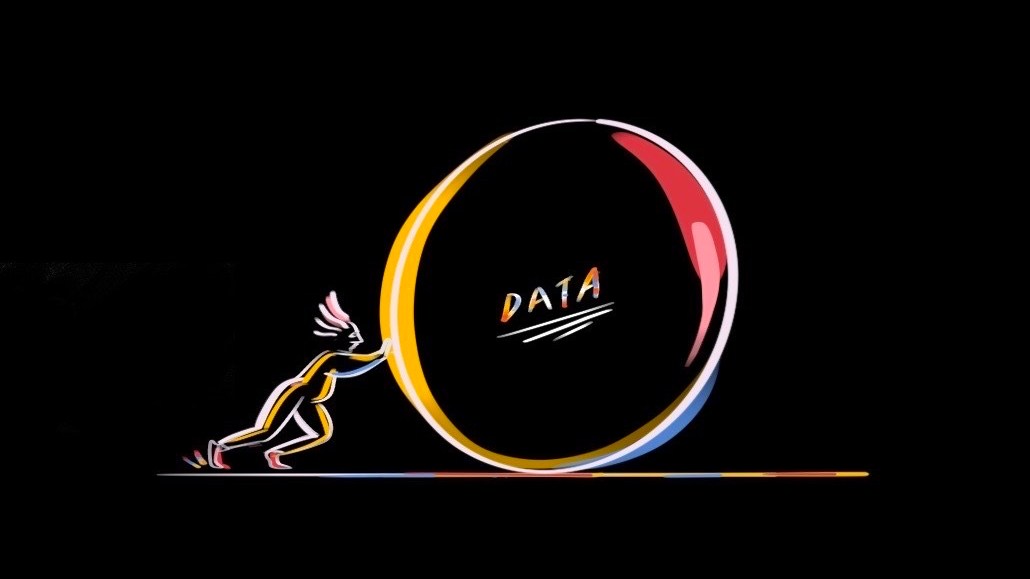Digiday+ Research deep dive: Publishers large and small put their resources into first-party data

This research is based on unique data collected from our proprietary audience of publisher, agency, brand and tech insiders. It’s available to Digiday+ members. More from the series →
Interested in sharing your perspectives on the media and marketing industries? Join the Digiday research panel.
Publishers have been preparing for the death of the third-party cookie for years, with an eye on first-party data as the real next step. And this is consistent among large and smaller publishers alike.
This is according to a Digiday+ Research survey of more than 70 publisher professionals conducted in the second quarter.
Digiday’s survey found that, overall, publishers’ preparations for the end of the third-party cookie have remained steady over the last two years. Sixty-three percent of publisher pros said in Q1 2021 that they agreed somewhat or strongly that their businesses were actively preparing for the shift already, and that number increased only slightly to 69% in Q2 of this year.
The percentage of publisher pros who said they disagree somewhat or strongly that their businesses are actively preparing for the end of the cookie has also remained steady since 2021. In Q1 2021, 18% of publishers said they disagreed that they were preparing, a percentage that fell only slightly to 14% by Q2 of this year.
Digging a bit deeper into the data, it’s interesting to note that publishers who do agree that they’re actively preparing for the cookie to go away are almost evenly split between those who agree strongly and those who agree only somewhat. Thirty-five percent of publisher pros told Digiday in Q2 of this year that they agree strongly that their businesses are actively preparing, compared with 34% who said they agree somewhat.
Digiday’s survey found that there’s a big difference in how large publishers are actively preparing for the end of the third-party cookie and how small and medium-sized publishers are actively preparing.
More specifically, 78% of publisher pros who work for large publishers (or those who made $50 million or more in revenue last year) said they agree somewhat or strongly that their businesses are actively preparing. That’s a big difference from the 56% of publisher pros who work for small or medium-sized publishers (or those who made less than $50 million in revenue last year) who said the same.
And nearly half of large publishers (47%) said they agree strongly that their businesses are actively preparing for the cookieless future. Meanwhile, less than a quarter of small to medium-sized publishers (22%) said so.
When it comes to how exactly publishers are preparing to move past the third-party cookie, Digiday’s survey found that publishers overall are united in thinking that first-party data is largely what will take them beyond the cookie (similar to brand marketers, but not agencies). Eighty-two percent of publisher pros said they are currently using first-party data to prepare for the cookie’s demise, up slightly from 77% a year ago (which was still a significant percentage).
Nearly half of publishers said they’re also taking first-party-data-related actions to prepare for the end of the cookie. Forty-four percent of publisher pros said they’re requiring users to register (and collecting first-party data from that), and 43% said they’re integrating first-party data segments into demand-side platforms.
It’s also worth noting that nearly half of publisher pros (46%) said they’re using ad tech-built cookie alternatives en route to the cookieless world, and 32% each said they’re relying more on other sources of revenue like events and licensing and relying more on subscriber revenue specifically.
When looking at the data for large publishers vs. small and medium-sized publishers, it’s clear that first-party data is the clear path forward. Using first-party data to prepare for the end of the cookie was the top preparation method among both groups, but to much different degrees.
Digiday’s survey found that almost all publisher pros who work for large publishers said they’re using first-party data to prepare for the end of the cookie (94% said this). Meanwhile, two-thirds of publisher pros who work for small and medium-sized publishers (66%) said they’re using first-party data.
Interestingly, using ad tech-built cookie alternatives was the second-place action among large publishers preparing for the end of the third-party cookie. Sixty-one percent said their business is taking that action to prepare. Relying on other sources of revenue like events and licensing also ranked high among large publishers, with 42% saying their businesses are doing so. Fifty-eight percent of publisher pros who work for large publishers said they’re integrating first-party data segments into DSPs, and 47% said they’re requiring users to register.
On the small to medium-sized end of the scale, 41% of publisher pros told Digiday they’re relying more on subscription revenue in preparation for the end of the cookie, making this the second-ranked action among smaller publishers. Relying more on subscriptions tied with requiring users to register, and only 25% of small and medium-sized publishers said they’re integrating first-party data segments into DSPs.
More in Media

Podcast companies turn to live events to capture growing advertiser spend
The surge in the number of live podcast events in 2025 reflects a broader shift: advertisers are betting bigger on podcasts — not just as an audio channel but as a full-fledged creator economy play.

Media Briefing: ‘Cloudflare is locking the door’: Publishers celebrate victory against AI bot crawlers
After years of miserably watching their content get ransacked for free by millions of unidentified AI bot crawlers, publishers were finally thrown a viable lifeline.

How Vogue could navigate potential industry headwinds as Anna Wintour — who agency execs say made ad dollars flow — brings on new edit lead
Anna Wintour’s successor at Vogue will have to overcome the myriad of challenges facing fashion media and the digital publishing ecosystem.







